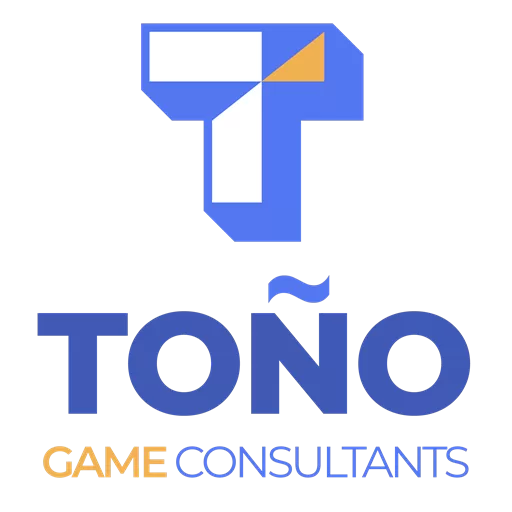Every game that ships is a miracle. Art, code, design, audio, all have to align perfectly to create a playable experience. But when the technical side is left unchecked, even well-funded teams with brilliant ideas can waste years heading in the wrong direction.
That’s where a CTO comes in.
What Does a CTO Do in Game Development?
In game development, the Chief Technology Officer (CTO) sets the project’s technical vision and ensures the team has the tools, pipelines, and systems to deliver it.
That role covers:
-
Validating the engine and core tech stack (Unity, Unreal, Godot, or custom engines).
-
Designing the technical architecture so systems like physics, networking, and gameplay work together.
-
Driving performance optimization from the start, not just at the end.
-
Aligning technical execution with production goals (scope, time, resources).
-
Mentoring engineers and keeping technical choices consistent across the team.
A CTO’s first responsibility is proving the game is actually buildable. This goes beyond having a strong idea, it’s about achieving engine proof, showing that your chosen technology can handle your systems, scale with your content, and survive the full production cycle. Without this foundation, even the best concepts risk falling apart.
Why a Fractional CTO?
Indie and AA studios often face the same technical challenges as AAA, but without the budget for a full-time CTO. Salaries for senior tech leadership can easily push past six figures, which is out of reach for many smaller studios.
That’s where a Fractional CTO comes in. You get access to the same expertise, validating your engine choice, preventing costly rework, guiding optimization early, and mentoring your team, but on a part-time or project basis.
This gives you:
-
Credibility with publishers and investors who want assurance your game can actually ship.
-
Clarity on technical direction, so your engineers don’t waste months chasing dead ends.
-
Confidence in scaling, as your team grows beyond a handful of developers.
For smaller studios, a fractional CTO can mean the difference between burning years on the wrong tech and shipping a game that players actually get to play.
Where Studios Go Wrong Without One
Most failed or delayed projects trace back to the same mistakes:
-
No engine proof. The chosen tech can’t handle the game’s core vision.
-
Wrong system choices. Adopting flashy or beta features without knowing the risks.
-
Scaling collapse. Physics, networking, gameplay, and audio may work in isolation, but together, they overwhelm the pipeline.
-
Wasted payroll. Developers burn months or years chasing dead ends, costing millions in lost salaries and momentum.
One AA studio I worked with enabled a physics system because a big-name AAA title had used it. The feature was still in beta. Months of dev time were wasted before leadership admitted it wasn’t viable. With proper technical oversight, that mistake could have been avoided on day one.
Why Fractional CTOs Save Time and Money
Hiring developers isn’t cheap. In the Pacific Northwest, mid-level engineers typically cost $110–140k/year, and seniors often reach $140–200k+. Multiply that across a team of 10–50, and a wrong technical turn can quickly become a seven-figure mistake.
A Fractional CTO pays for itself by catching feasibility issues early, setting an optimization strategy from day one, and enforcing realistic planning so your team avoids the “It’ll Be Done Soon” trap. Instead of burning months on dead ends, your engineers spend their time where it actually delivers value.
Net result: enterprise-level expertise at a fraction of the cost of a full-time executive, and a roadmap that protects your payroll, timeline, and runway.
When to Bring in a Fractional CTO
The best time to bring in a Fractional CTO isn’t when everything is on fire — it’s earlier. Typically, studios benefit most when:
-
You’re pitching to publishers or investors and need confidence your game is engine proof.
-
Your team is growing beyond 5–10 developers, and coordination starts slipping.
-
Technical roadblocks appear, and you risk falling into the game dev death spiral, lots of effort, but little visible progress.
At these stages, a Fractional CTO isn’t a “nice to have.” They’re the difference between securing funding and getting passed over, between scaling smoothly and hitting costly bottlenecks.
A Force Multiplier for AA/AAA Studios
For studio heads and founders, a Fractional CTO helps answer questions that can make or break funding:
-
Can this engine actually ship the game?
-
Which systems should we build, and which should we adapt?
-
How do we prevent wasted cycles, crunch, and costly rework?
Publishers and VCs look for one thing above all: feasibility. Having a proven technical leader on your side gives confidence that your project isn’t just creative—it’s achievable.
👉 If your studio is planning its next big project, don’t risk millions on guesswork. A Fractional CTO can help prove your vision, guide your team, and save you from costly dead ends. Learn more about my Technical Expertise services.
FAQ
What does a CTO do in game development?
A Chief Technology Officer (CTO) defines the technical vision of your game. They ensure the engine, systems, and pipelines all work together to deliver a playable, optimized product. In short, they make sure your game isn’t just designed, it’s technically buildable and shippable.
What is a Fractional CTO in game development?
A Fractional CTO provides the same expertise as a full-time CTO, engine validation, architecture guidance, optimization planning, and team mentorship, but on a part-time or project basis. This gives smaller studios access to senior technical leadership without the full-time salary.
What’s the ROI of hiring a Fractional CTO?
The return on investment comes from avoiding million-dollar mistakes. Poor engine choices, late optimization, or system conflicts can waste years of payroll. A Fractional CTO prevents those pitfalls early, saving both time and money while strengthening your credibility with publishers and investors.
When does a studio need a Fractional CTO?
If you’re seeking funding, scaling beyond 5–10 developers, or running into technical roadblocks (performance issues, engine limits, or unclear pipelines), it’s a strong sign you need CTO-level guidance.
How is a Fractional CTO different from a Technical Producer?
A Fractional CTO focuses on technical direction and architecture. A Technical Producer focuses on execution and coordination. Both are valuable, but they solve different problems.
Why not just wait until later to bring in technical leadership?
Delaying often means wasted months (or years) of rework, failed engine choices, or performance issues that can kill funding pitches. Bringing in a Fractional CTO early sets a solid technical foundation and reassures investors your project is viable.


